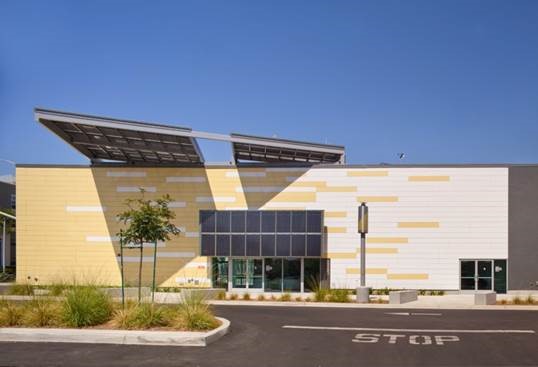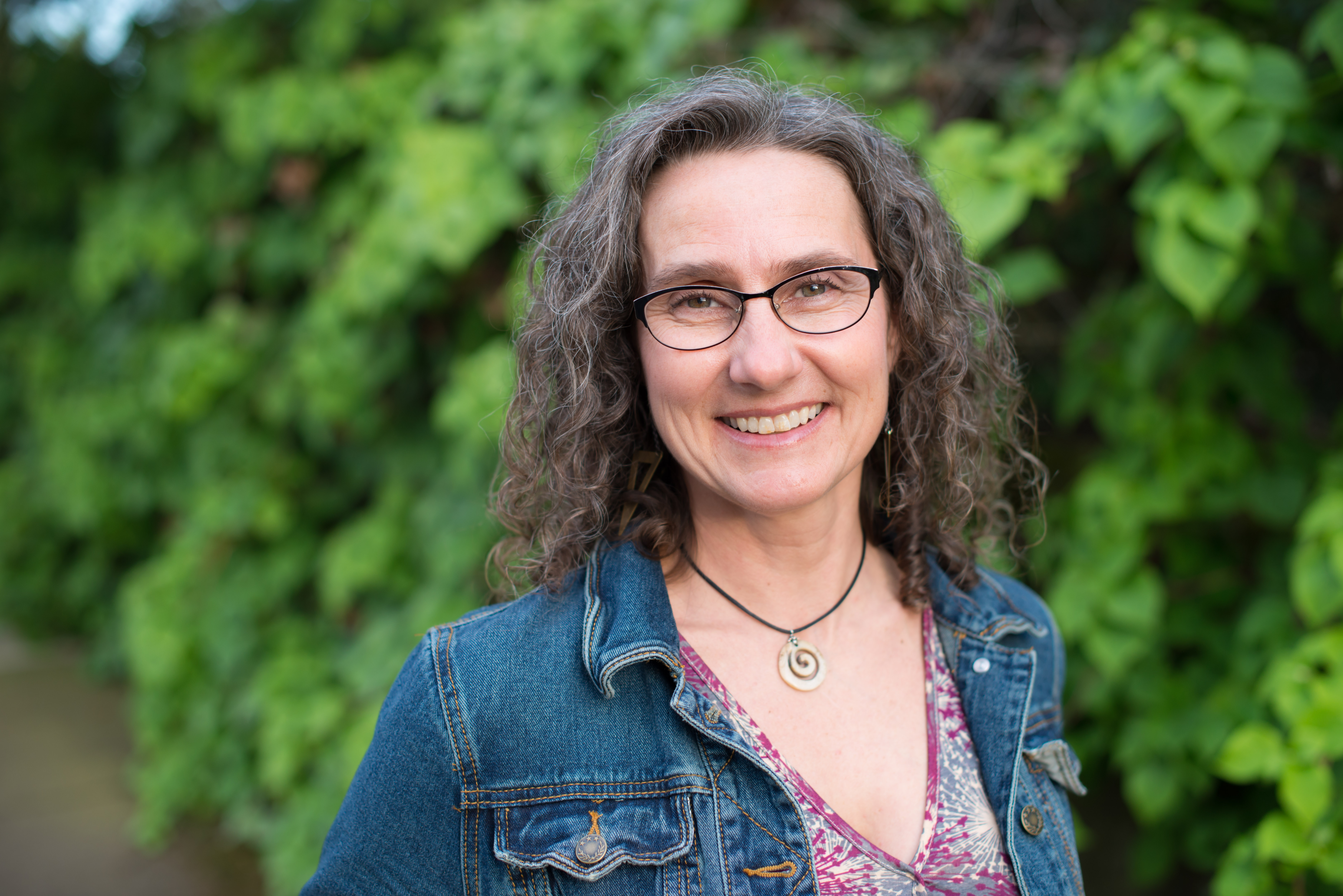Over the last decade an increasing number of school districts across the country have invested in zero energy buildings as a way to dramatically improve energy performance, provide healthy indoor environments, and foster better academic outcomes for students. Well before COVID-19 increased awareness about the air quality inside our buildings, many experts have touted the measurable benefits of healthier indoor environments and thermal comfort present in zero energy schools.
There are more than 230 ultra-low-energy and zero energy school buildings in the U.S. and Canada, according to NBI’s 2020 Getting to Zero Buildings List. A zero energy building is highly efficient and uses as much energy as it produces over the course of the year. While there’s a perception that zero energy schools cost more than conventional buildings to design and construct, the data suggests otherwise. According to a 2020 study by the National Renewable Energy Lab and the U.S. Department of Energy, zero energy schools cost no more than conventional schools. And in many cases, they actually cost less to build and operate.
Having proved they can achieve zero energy and zero carbon goals in individual buildings, some school districts are developing plans to expand these aggressive goals across all of their district facilities. Peer-to-peer learning and information sharing is critical for success, which has proven possible even during a global pandemic.

Shifting the Conversation From Zero Energy to Zero Carbon
Improving the energy efficiency of school buildings has long been a goal of many states, cities, and school districts. The nation’s 17,450 K-12 school districts spend more than $6 billion annually on energy — more than is spent on computers and textbooks combined, according to ENERGY STAR. Yet as many states and cities have shifted their goals from achieving deep energy savings to achieving climate action goals, there’s increased urgency around not only reducing energy use but also eliminating fossil fuel combustion over time.
NBI has tracked the design, construction, and operations of zero energy buildings since 2012 with most of the buildings operating as all-electric, meaning they have no on-site fossil fuel combustion. As renewable energy sources are added to the electricity grid, these buildings are well positioned to achieve zero carbon emissions.
In states such as California, where there is a statewide mandate to ensure all new commercial buildings be zero energy by 2030, and all buildings carbon neutral by 2045, school district administrators are increasingly aware of their role in helping local jurisdictions meet aggressive climate action goals. The learning curve is high, yet many districts are rising to the challenge.
Peer-to-Peer Information Sharing is Key to Success
The champions leading the zero carbon schools movement across the country include early adopter design teams, superintendents, individual teachers, elected officials, and students. While numerous free resources exist, including our Getting to Zero in Schools Resource Hub, there is no replacement for real-world experience so we took another step with our partners.
In California, we partnered with the Division of the State Architect (DSA) to launch the Getting to Zero in California School Districts cohort , which is designed to assist K-12 school districts with the development of strategic, customized roadmaps for achieving zero net energy and zero carbon goals across their portfolios. Participation in this cohort ensures school districts are ready to comply with rapidly advancing legislation, codes, and policy in California that require full decarbonization of the built environment by 2045.
“Having time to chat and get ideas from each other will help us move forward in the future,” says one participant. “If we can build a sense of a cohort among us, then we [can reach out to one another] after this program is complete. Hearing what other district’s have done and are going through really helps.”
More than 25 California school districts are in the first cohort. Participants have access to a series of remote learning opportunities, customizable templates, one-on-one support, and peer-to-peer network information exchange.
Deep Energy Retrofits Require Pre-Planning
While all-electric, zero energy, new schools and major modernizations are relatively straightforward, retrofitting schools to achieve zero energy can be more of a challenge. It is imperative that districts have a plan in place. Staff must be part of the planning process so they understand that every time a building is improved, it’s an opportunity to further energy and carbon reduction goals. Whether conducting a building assessment, undergoing a major modernization, or replacing equipment, districts can make progress toward their zero energy goals—as long as there is a system in place to help staff make decisions and track activities.
California school districts can take advantage of a limited opportunity to invest in improved ventilation systems for school buildings. Assembly Bill-841 was passed and signed by Governor Gavin Newsom into law on Sept. 20, 2020. It established the School Energy Efficiency Stimulus Program and authorizes a one-time redirection of unspent energy efficiency funds from investor-owned utilities to schools. Schools in low-income areas will have priority.
School districts nationwide might gain additional support from the federal government in the years ahead. President-elect Joe Biden’s Build Back Better Plan calls for upgrading 4 million buildings nationwide. Schools could be a key aspect, so having roadmaps to zero in place now can help focus this investment to improving the educational environment, while protecting health, providing jobs, and addressing climate change.

Ready to Get Started?
We have had the pleasure of working with numerous districts around the country, including some of the smallest and largest. We expect to see even more programs like the Getting to Zero in California School Districts cohort in the future, and we look forward to supporting more districts on their path to zero energy and zero carbon.
Check out NBI’s Getting to Zero in Schools Resource Hub. This free online resource contains an extensive free library of templates, tools, and research aimed at school districts working toward getting to zero in design, construction, and operation.
For general information about zero energy and zero carbon schools, contact Amy Cortese, NBI Program Director. For information about the Getting to Zero in California School Districts cohort, contact Reilly Loveland, NBI Program Manager.
by Amy Cortese, Director of Programs
Bio
